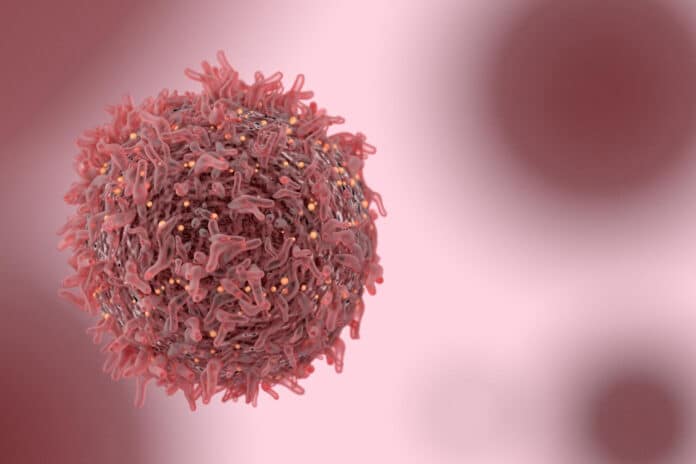Head and neck cancers, particularly those associated with the Human Papillomavirus (HPV), have been a subject of increasing interest due to their distinct biological characteristics and treatment response. HPV-associated head and neck cancers are known to exhibit better treatment outcomes compared to their non-HPV-associated counterparts. However, recent research has shed light on the heterogeneity within HPV-associated head and neck cancers, identifying two distinct subtypes that may have implications for treatment response and patient prognosis.
Researchers from UNC School of Medicine, Yale Cancer Center, and ECOG-ACRIN Cancer Research Group collaborated on a study to explore human papillomavirus (HPV)-associated head and neck cancers. The study, published in Proceedings of the National Academy of Sciences, identified two distinct subtypes within HPV+ head and neck cancers, which are crucial in determining patient response to therapy.
One subtype demonstrated better responsiveness to radiation therapy. Additionally, the researchers discovered a new mechanism of HPV carcinogenesis, contributing to the ongoing efforts to personalize treatment for patients with HPV+ head and neck squamous cell carcinoma (HNSCC). As cases of HPV-associated HNSCC increase in the United States, this study offers significant insights into potential tailored treatment approaches for better patient outcomes.
Wendell Yarbrough, MD, MMHC, FACS, the Thomas J. Dark Distinguished Professor of Otolaryngology/Head and Neck Surgery, said, “We’re the first to describe these two subtypes. Using this research, we can firmly identify two groups of patients and can associate their tumor subtype with treatment outcomes.”
Patients with HPV+ head and neck squamous cell carcinoma (HNSCC) often undergo high-dose radiation combined with chemotherapy. However, the long-lasting side effects can be severe. Personalized therapy is being explored to improve treatment choices, but predicting tumor response remains challenging.
Researchers from the UNC School of Medicine analyzed tumor samples. They identified two distinct subtypes based on the activity of the master transcription factor NF-kB. Surprisingly, they found that low NF-kB activity was associated with worse patient outcomes. In contrast, high NF-kB activity correlated with a better prognosis. This discovery opens up new possibilities for tailoring treatment and improving patient outcomes in HPV+ HNSCC.
The study identified two distinct subtypes of HPV-associated head and neck cancers based on their NF-kB activity, showing remarkable differences in various factors, including gene mutations, HPV gene expression, immune cell infiltration, and more. Patient survival was significantly different between the subtypes, with tumors showing high NF-kB activity being more responsive to radiation therapy and associated with better outcomes.
The research provides insights into a new mechanism of HPV carcinogenesis, potentially leading to personalized treatments with reduced side effects for patients with head and neck cancers. This knowledge could help identify patients who may benefit from de-intensified therapy, improving treatment efficacy and quality of life.
In conclusion, this study reveals the presence of two distinct subtypes within HPV-associated head and neck cancers, with significant implications for treatment outcomes and patient prognosis. Identifying these subtypes paves the way for personalized treatment strategies, offering hope for improved therapeutic responses and overall survival rates for patients battling this type of cancer. Future research efforts are essential to validate and expand upon these findings, potentially revolutionizing the management of HPV-associated head and neck cancers.
Journal Reference:
- Travis P. Schrank, Aditi Kothari, William H. Weir et al., Noncanonical HPV carcinogenesis drives radiosensitization of head and neck tumors. Proceedings of the National Academy of Sciences.DOI:10.1073/pnas.2216532120.
